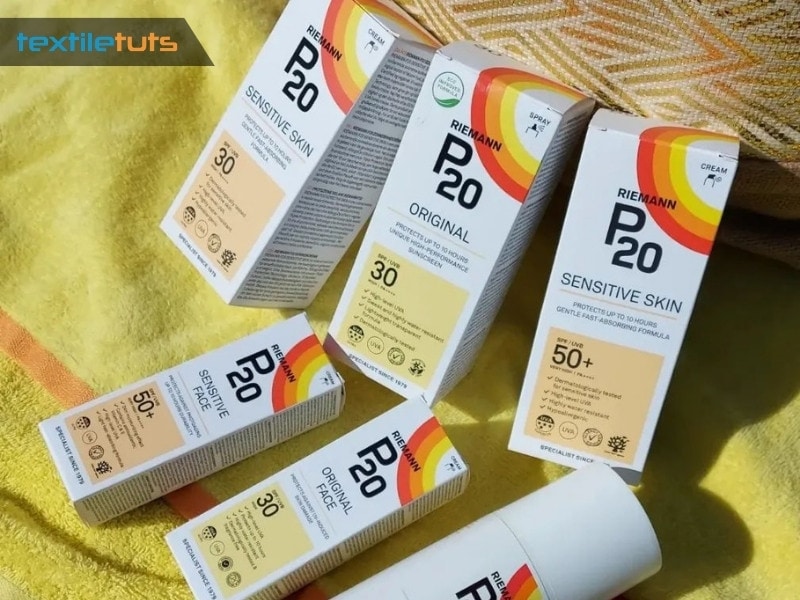

In the U.S., sunscreen is regulated as an over-the-counter drug, which means that the FDA considers all filters, physical or chemical, to be active ingredients that must be evaluated and approved individually before they can be marketed. Chemical filters, which absorb either UVA or UVB rays, are mixed together to create sunscreens that provide full-spectrum protection they usually feel a bit oily or greasy. mineral-sunscreens block both UVA and UVB rays, and tend to leave a residue that makes even pale people look like they’re doing some additional Casper the Friendly Ghost cosplay. (Don’t be fooled by “natural” marketing-the active ingredients in both groups are synthetic chemicals.) Physical-a.k.a. The ingredients that counteract those rays are called filters, and for the general public, they’re divided into two categories: physical and chemical.

#Chemical sunscreen ingredients skin#
Sunscreen works by preventing two of the sun’s three types of ultraviolet rays-UVA and UVB-from penetrating your skin and doing cancer-causing damage. Read: How SPF ratings can do more harm than goodįorgive me, but in order to understand what’s going on with the sun-protection market, we must briefly discuss chemistry. Simply put: They have better sunscreen than we do.

Consumers in Europe and Asia are not locked in, as we are, to a small and outmoded set of active ingredients. To make matters worse, we’ve brought this situation on ourselves. products are better than they used to be in terms of texture and how they look on skin, their active ingredients remain stubbornly unchanged. Yet if sun protection, and specifically sunscreen, has become a very big deal in a relatively short amount of time, the UV blockers Americans are slathering on have barely evolved at all. Sun care has its own aisle at big-box stores, and beauty companies worth hundreds of millions of dollars have been built from the ground up by offering only products that block ultraviolet rays. You can find it in lotions, sprays, gels, oils, powders, and implements that look like grade-school glue sticks, as well as infused into skin-care products, lip balms, makeup, and clothing. Skyrocketing skin-cancer rates, specifically for fair-skinned people, among whom the disease is more prevalent, have scared plenty of people into rethinking their tans, as has the realization that sun exposure causes-horror of horrors-wrinkles and other visible signs of aging. The preponderance of babies in rashguards and bucket hats that you now see at the beach shows how much has changed, and how quickly. In 2000, I started high school, just in time for the golden age of the tanning bed. On those days, mom dropped an ancient bottle of Coppertone, expiration date unknown, into my backpack, where I usually left it. The first memories I have of sunscreen are from the day camp that my brother and I attended in the 1990s, where we spent every day on a playground in the direct Georgia sun but were prompted to slather it on only once every two weeks, when we were bused to a community pool. My mom, despite being among the palest people alive, does not remember bringing it on our earliest vacations, or hearing any mention of sun protection by our pediatrician. At 36, I am just old enough to remember when sunscreen wasn’t a big deal.


 0 kommentar(er)
0 kommentar(er)
